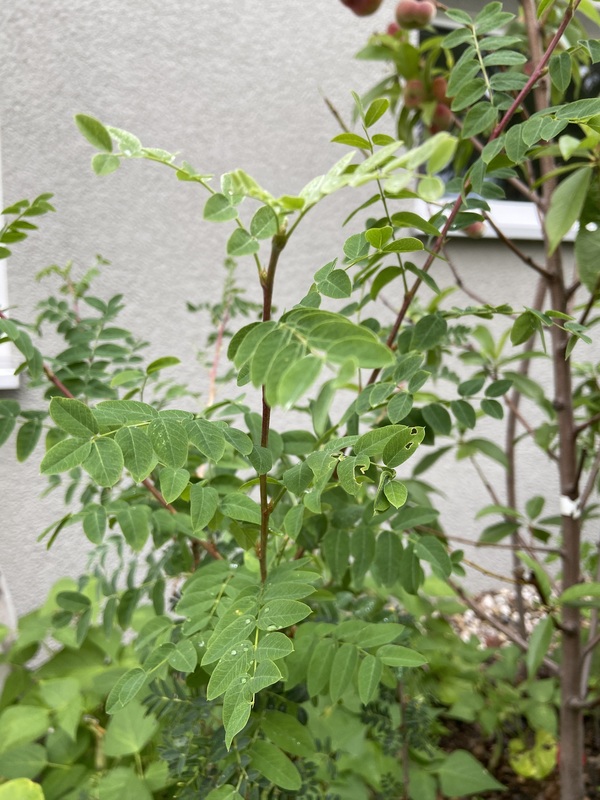Description
The Korean Nut Pine (Pinus koraiensis) is a species of pine native to northeastern Asia, including parts of Korea, China, and Russia. It is an evergreen tree with a conical shape and a straight trunk, typically growing to heights of 25-35 meters. The leaves are needle-like and grow in clusters of two or three, and the bark is gray and scaly.
The Korean Nut Pine is distinguished from other pine species by its large, edible seeds, which are encased in a hard, wooden shell. The seeds, also known as pine nuts, are typically harvested in the fall.
In terms of growing conditions, the Korean Nut Pine prefers well-drained, sandy soils and full sun, and is tolerant of cold temperatures. It can be grown successfully in a variety of climates, including cool temperate and subalpine regions.
In addition to its edible seeds, the Korean Nut Pine has a number of other uses. Its wood is used for construction and papermaking. It is also valued by wildlife, as its seeds are a food source for birds and small mammals.
